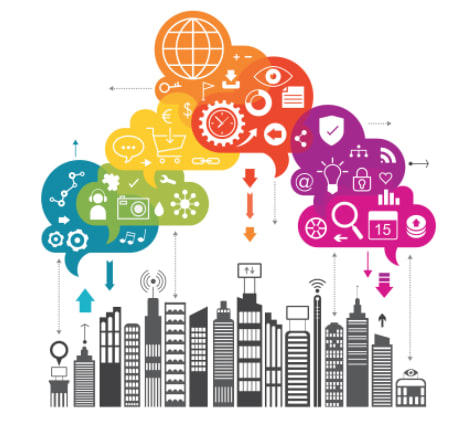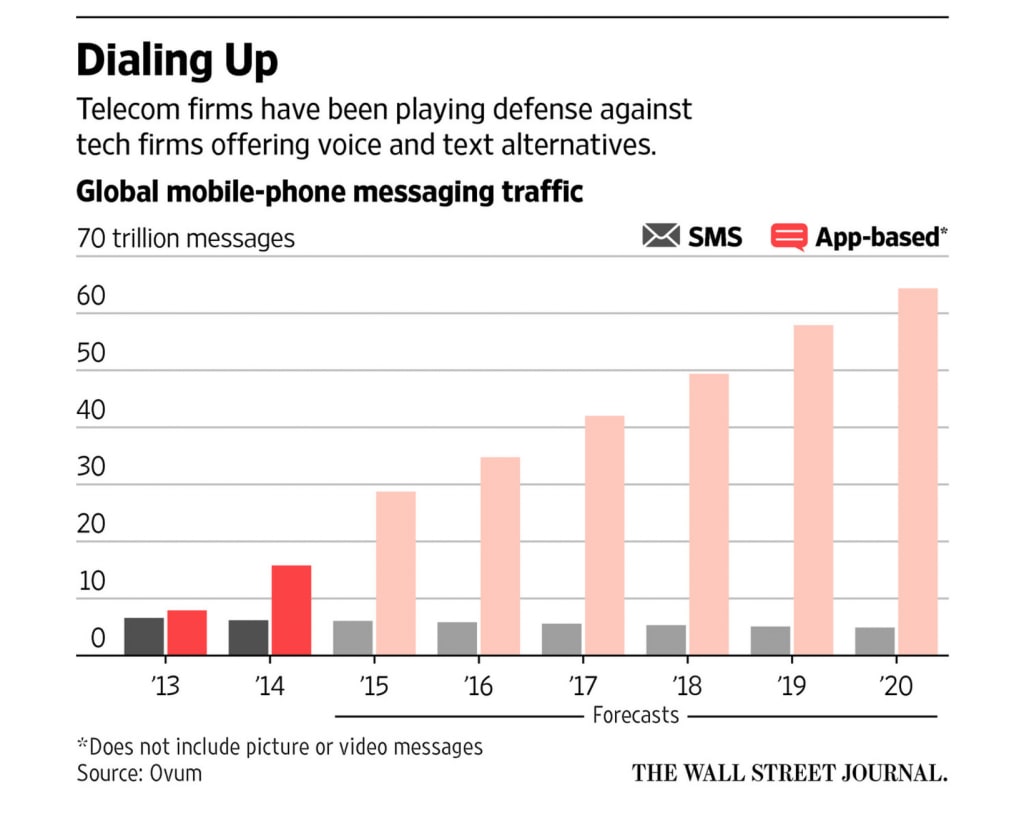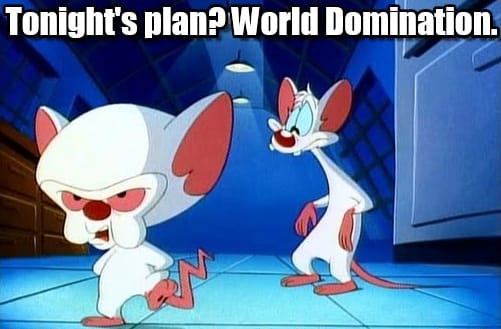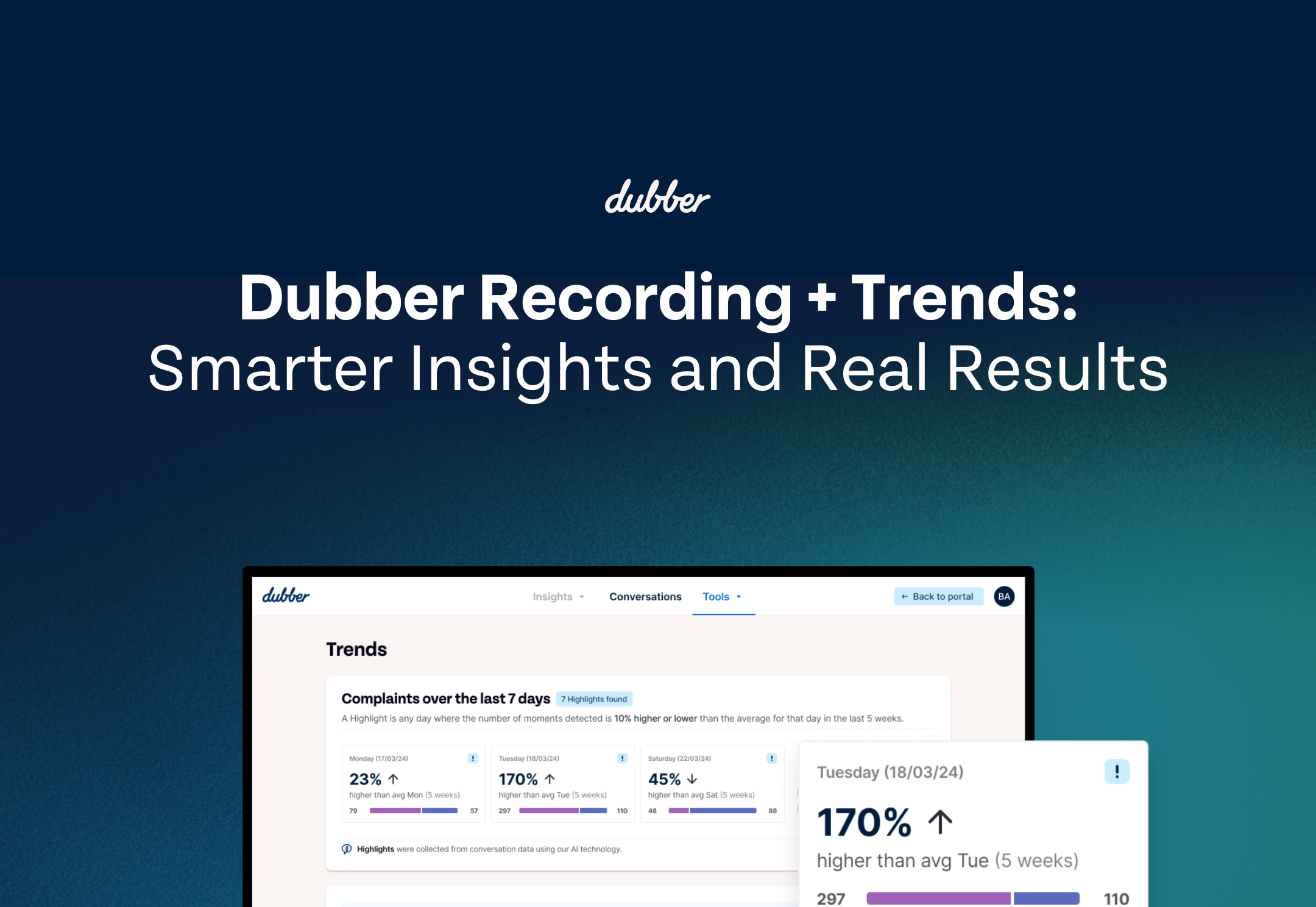

Predicting the Telecoms Industry in 2017
Let’s be honest; 2016 was a bit of a strange one wasn’t it? Who could have predicted that by the end of the year, Britain would have voted to leave the EU and America would be in the hands of the first ever president-elect with absolutely no political background and cameos in Sex and the City, The Fresh Prince of Bel-Air and Pizza Hut commercials under his belt. Following in the wake of 2016, it is certainly set to be an interesting year, but what changes can we expect for the telecoms industry in 2017?
With movements such as the Internet of Things (IoT), 5G and Big Data picking up speed and rapidly working their way into everyday life, 2016 was a year of evolution for telecommunications and technology, bringing the much discussed ‘Fourth Industrial Revolution’ ever closer. The third revolution began in the late 1960’s with the rise of electronics and IT in manufacturing and now, as the IoT and Big Data are developing smart cities, the fourth revolution of ‘smart’ technology is imminent.
2016 saw the initiation of Big Data, IoT and 5G into everyday life, as well as a continued decline of traditional communication solutions (such as voice calls and text messaging) as end users migrate towards OTT and WiFi services. With such radical changes in end user communications, telcos are becoming increasingly threatened. Yet, the fourth revolution presents many new revenue opportunities. On that note, and without any further ado – here are our top 10 predictions for the telecoms industry in 2017:
- Continued rise of OTT services
OTT services will continue to rise in popularity, reducing telco profits from messaging, voice calls and even data use. This will continue until telcos have little choice but to find other sources of revenue or to merge with these content companies. If you can’t beat ‘em, join ‘em. Such acquisitions began in 2016, including Verizon’s $4.8 billion deal with Yahoo. Data from l - 5G
Development of 5G will continue. Promising speeds fast enough to download all 6 seasons of Game of Thrones in under 20 seconds, 5G has the potential to revolutionise communications and facilitate large-scale development of the IoT. 2016 saw service providers begin development and testing of the technology, so it is highly possible that the telecoms industry in 2017 will release the first waves of commercial 5G offerings. - The IoT
Once 5G is up and running, development of the IoT will accelerate until IoT applications such as smart cars and smart home appliances are a part of everyday life. The increase in internet traffic will require constant connectivity, efficient management systems and an architecture that is able to handle the number of devices. Telcos will need to prepare for this in 2017, and be aware of any security concerns. - Network Function Virtualisation (NFV)
NFV will become more than a concept. The movement to remove dedicated network appliances – such as routers and firewalls – and virtualise networks entirely will transform the way service providers build and deploy network services. 2016 has seen certain telcos take steps towards NFV, and we predict that the telecoms industry in 2017 (and other companies such as cloud computing services) will begin to plan for world virtualisation. - Saturation
As virtualisation becomes a reality and the IoT moves into daily life, more and more communities and services will be forced to adopt cloud solutions and virtual technologies. For example, retirement homes may become digitised living facilities, and the populations of these will need to adopt digital methods of communication. Ultimately this may lead to digital saturation. - Mobility
As networks all over the world become virtualised and cloud communication methods are adopted, there will be a global migration towards wireless technologies. Ultimately, this will increase the mobility of work life, social activities and many other areas of everyday life. - Security
As previously mentioned, the explosion of connected devices with the IoT will make networks increasingly vulnerable to hacking. Additional security concerns will form as NFV forces the total abandonment of hardware. Customers will begin to demand higher levels of security, and telcos will need to be proactive in developing protective technology. - Smart cities
OK, we’re not saying smart cities will be fully functioning by the next new year – but we are saying that the world will be a lot closer. Believe it or not, Disney World is among the first examples of a smart city, having developed a rubber band system that unlocks hotel rooms, serves as an entry ticket for the parks, assists the purchase of food and drinks and links photographs to individual phones. The seamless system is an example of the aims of smart cities worldwide – and more and more global cities are developing initiatives to make their operations more ‘smart’. 2017 will see further advances in the planning of smart cities – and finally give us answers for what they will actually involve, how they will affect everyday life and how they will be supported by technology. - Trump
…Need we say more? The world is waiting to see what Trump’s presidency will bring, and telecommunications companies are among those nervously awaiting his new policies. Trump has yet to declare any intentions on telecom issues, other than to state that he is against net neutrality. Until his policies are declared, telcos can only wait. - Brexit
What will be the effect of the other political shock of 2016? The telecoms industry in 2017 could begin to take steps towards protecting themselves once Article 50 is triggered, and we may also witness relocations and changes to roaming, international calling and spectrums.
The Wall Street Journa
With the turbulence of 2016 behind us, 2017 will be a period of change – and this is no more true anywhere than it is for telcos. As we move closer to the fourth industrial revolution, it may come down to survival of the fittest. With declining data revenue, telcos must source profit from new sources (such as the IoT and Big Data), but they must do so with caution and preparation. 2017 is the time to rethink, adapt to the coming changes – and join the revolution of communications.




